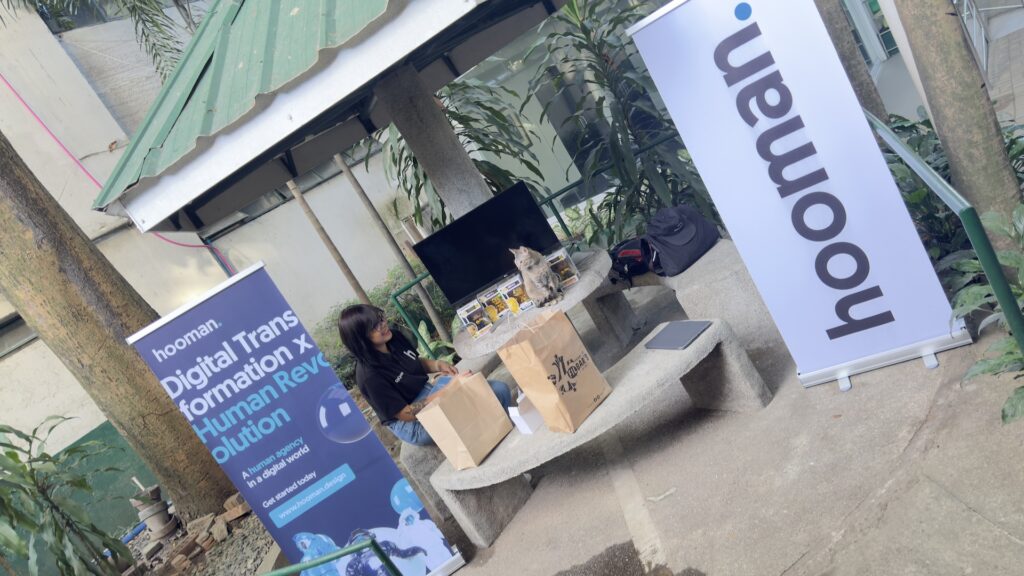The Importance of Leadership Agility
In today’s rapidly changing world, the ability to pivot and adapt quickly is often celebrated as a superpower in leadership. Leaders who can change course on the fly, especially in uncertain or rapidly changing environments, are highly regarded for their agility.
The Pitfall of Over-Agility
But like any superpower, overusing it can lead to unexpected consequences. Changing directions frequently can leave teams feeling lost and demotivated, introducing inefficiency and hindering progress. It’s like sending someone on a constant run in different directions – north, south, north, and south again. After too many abrupt shifts, it’s only natural for employees to stand still and wait for clearer guidance.
Balancing Agility and Clarity
Reducing agility isn’t the solution, as leaders often need to respond to evolving conditions and uncertainty. Instead, the key is to strike a balance between adaptability and a clear, unwavering goal.
Differentiating Means and Ends
Based on years of experience in advising organizations on innovation and efficiency, it becomes evident that leaders guiding their teams through these pivots must differentiate between means and ends. They need to articulate a consistent end goal even as the means to reach it change.
Real-World Examples
Two real-world examples illustrate the importance of this balance. In a tech venture, the founder’s improvisation and experimentation were instrumental in creating the core product. However, as the company expanded and new project teams joined, the founder’s constant shifts and lack of a clear product vision led to confusion and inertia among the teams.
Balancing Agility in Small Startups and Large Enterprises
The same dynamic of over-agility can affect both small startups and large enterprises. In the case of a multi-billion-dollar personal care company that made several acquisitions, the CEO’s ever-changing approach to integration left acquired entities and their managers bewildered.
The Art of Maintaining a Clear Vision
In both examples, leaders focused so much on the means of achieving a goal that they lost sight of the end result. Without a clear vision, teams struggled to understand their purpose, leading to confusion and inefficiency.
Correcting the Balance
The good news is that leaders can correct this imbalance. It involves setting clear goals and effective communication. In the tech company, the founder and the team worked together to define the next product’s parameters while allowing the teams to figure out how to get there. The result: increased productivity and confidence.
Boosting Teams through Clear Goals
For the personal care company, realizing the need for a specific post-acquisition goal and vision empowered the integration team to find the right paths to success. Clarity replaced confusion, and the new division exceeded growth expectations.
A Balanced Leadership Journey
In conclusion, if your project or leadership seems constantly affected by course changes, pause and ask: Are we clear about our end goal, and do our changes lead us closer to that goal? If not, focus on defining and communicating your goals effectively to balance agility with purpose in your leadership journey.






